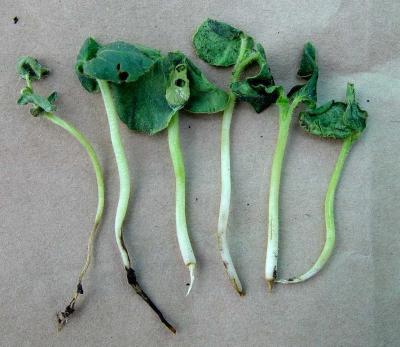

It is a nutritious vegetable cultivated in tropical to subtropical and warm temperate regions of the world. Okra ( Abelmoschus esculentus) is one of the most commonly grown and consumed species of the family Malvaceae. Naveed Ahmad, in Cold Pressed Oils, 2020 Abstract The technological issues include: the constituent gossypol or gossypol-like compounds and cyclopropenoid fatty acids in the oil, the constraint of dehulling to produce high-quality okra products for effective utilization in food fortification programs, studies on the physicochemical properties of okra products to provide a suitable benchmark for the development of functional okra processing equipment, and determination of the effect of variety and agronomical traits on nutritional and physicochemical parameters of all known okra lines to present okra to wider population groups as a vital food crop.įarooq Anwar. However, considerable effort needs to be directed at addressing associated technological issues regarding effective utilization of the food product in food fortification. Based on the nutrient profile of okra, including the amino profile and the effect of processing on this, human consumption of okra flour can be promoted because of its positive health effects. Okra flour has huge potential to be used to enrich foods in order to provide adequate nutrients for individuals for whom daily nutritional needs are not being met. The seeds can be a source of antioxidant, which is essential in maintaining health. Okra is an important crop in temperate and tropical climates. Oluyemisi Elizabeth Adelakun, Olusegun James Oyelade, in Flour and Breads and their Fortification in Health and Disease Prevention, 2011 Publisher Summary It also discusses the results of the application of biotechnology in the okra breeding along with the future prospects in the okra breeding. The chapter focuses on the breeding objectives and breeding methods of okra.

This chapter provides an overview of cytology, genetics, germplasm resources, and reproductive biology of okra. It is commercially grown in India, Turkey, Iran, West Africa, Yugoslavia, Bangladesh, Afghanistan, Pakistan, West Bengal, Burma, Japan, Malaysia, Brazil, Ghana, Ethiopia, Cyprus, and the southern USA. The cultivation of okra extends throughout the tropics and warmer parts of temperate Asia.

It has an average nutritive value of 3.21, which is higher than tomato, eggplant, and most cucurbits except bitter gourd. To a limited extent, okra is used in canned, dehydrated, or frozen forms. Foliage can be used for biomass, and the dried stems serve as a source of paper pulp or fuel. Okra dry seeds contain 18–20% oil and 20–23% crude protein. The dried seeds provide oil, protein, vegetable curd, and a coffee additive or substitute. In West Africa, leaves, buds, and flowers of okra are also consumed.

Okra is a multipurpose crop valued for its tender and delicious pods. It belongs to the genus Abelmoschus and family Malvaceae. Okra-also known as lady's-fingers, gumbo, or bhindi-is the most important vegetable crop of the tropical and subtropical regions of the world. SHARMA, in Genetic Improvement of Vegetable Crops, 1993 Publisher Summary


 0 kommentar(er)
0 kommentar(er)
